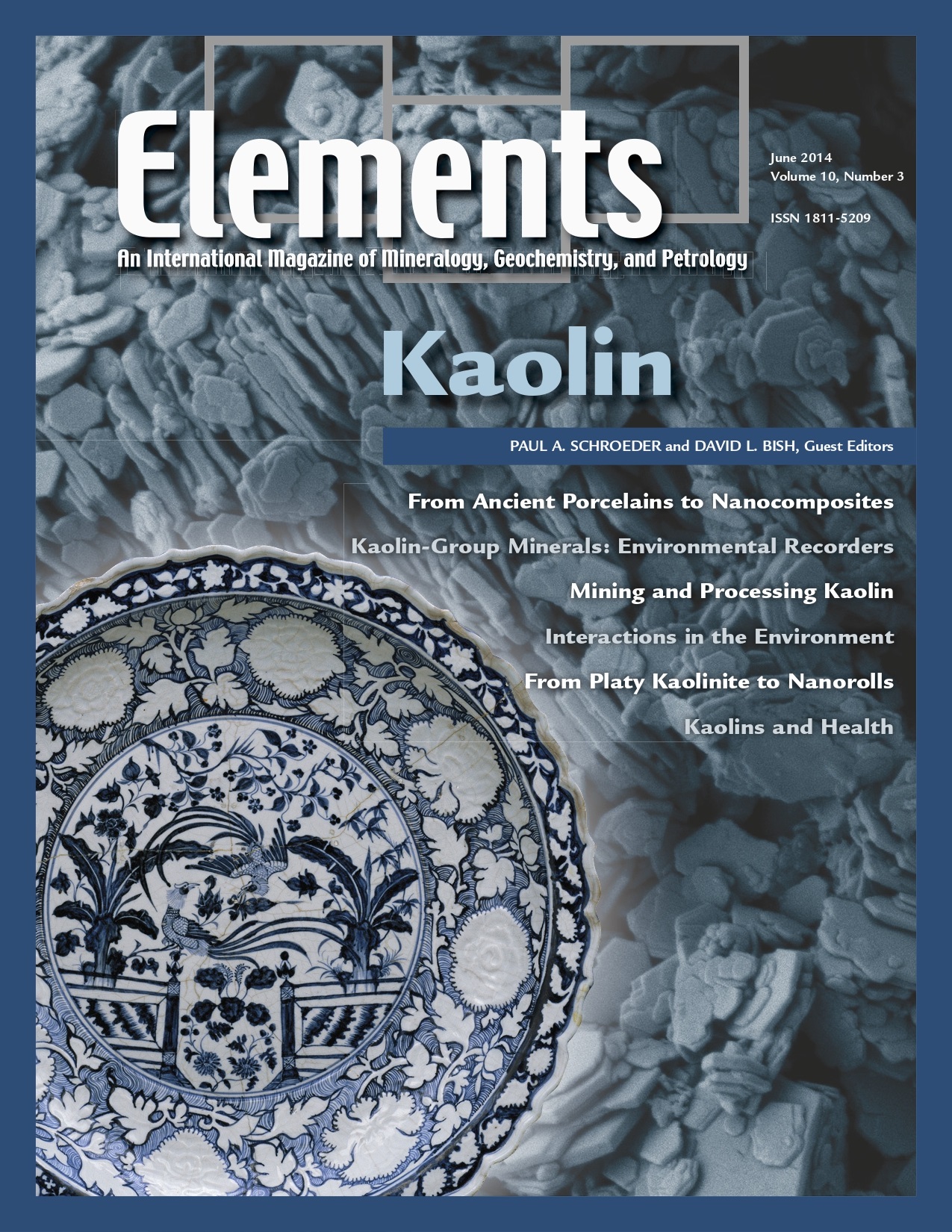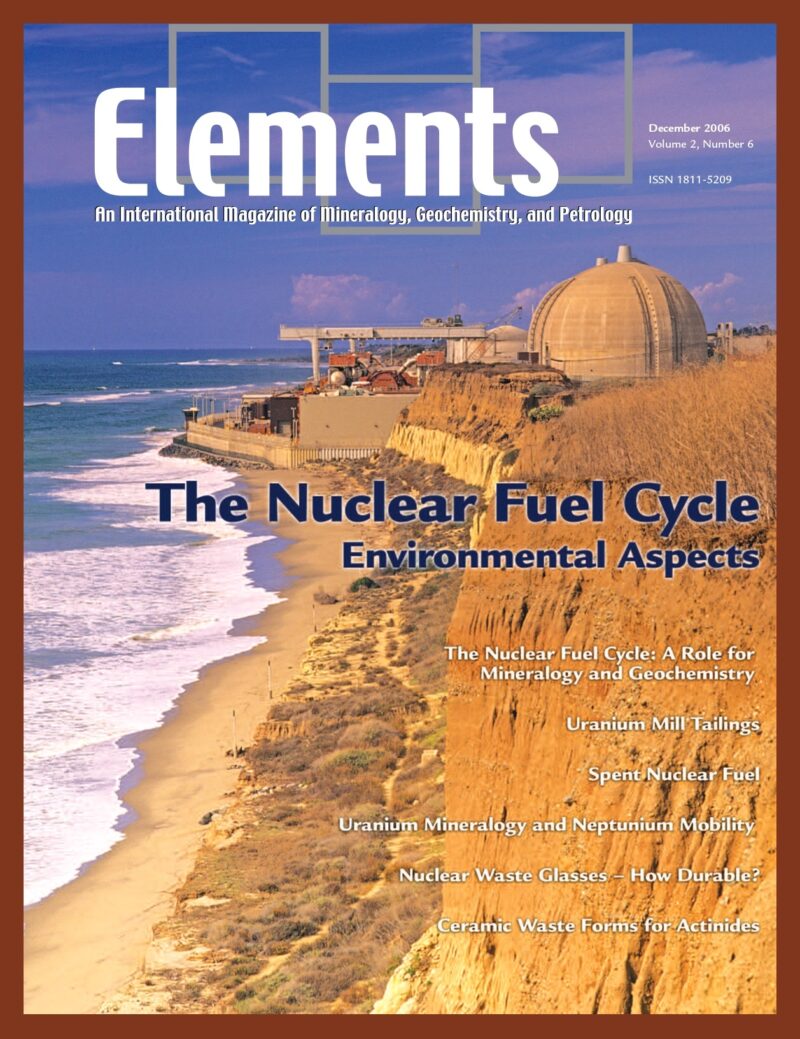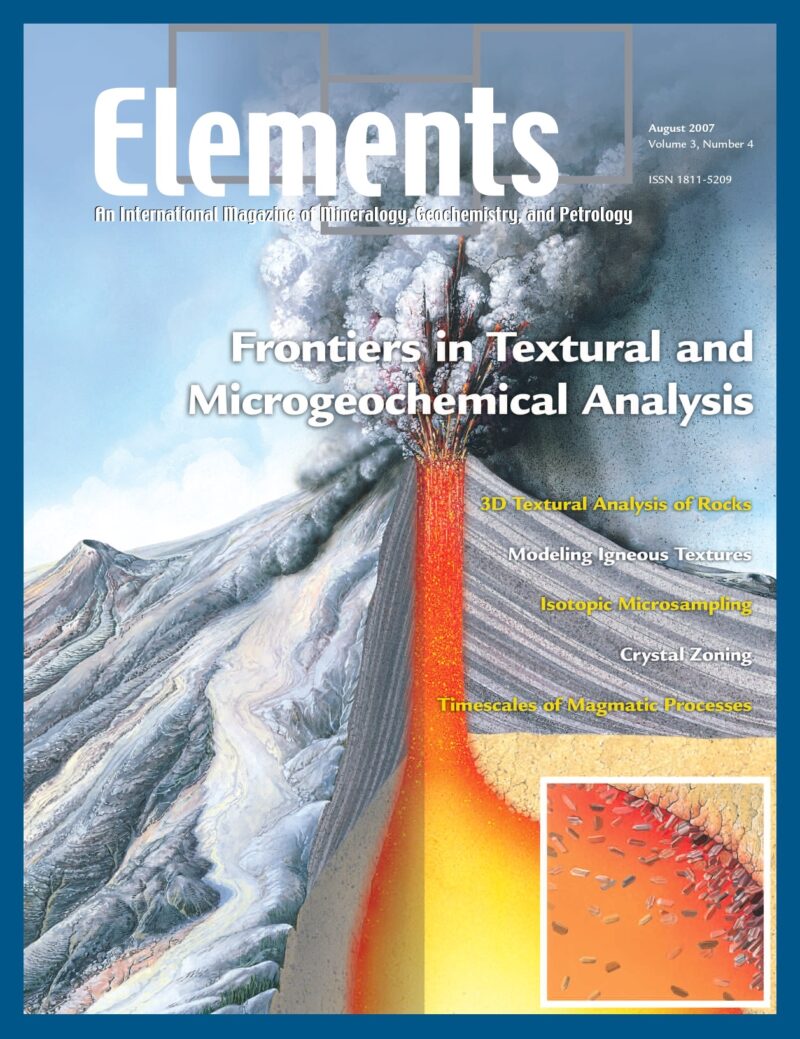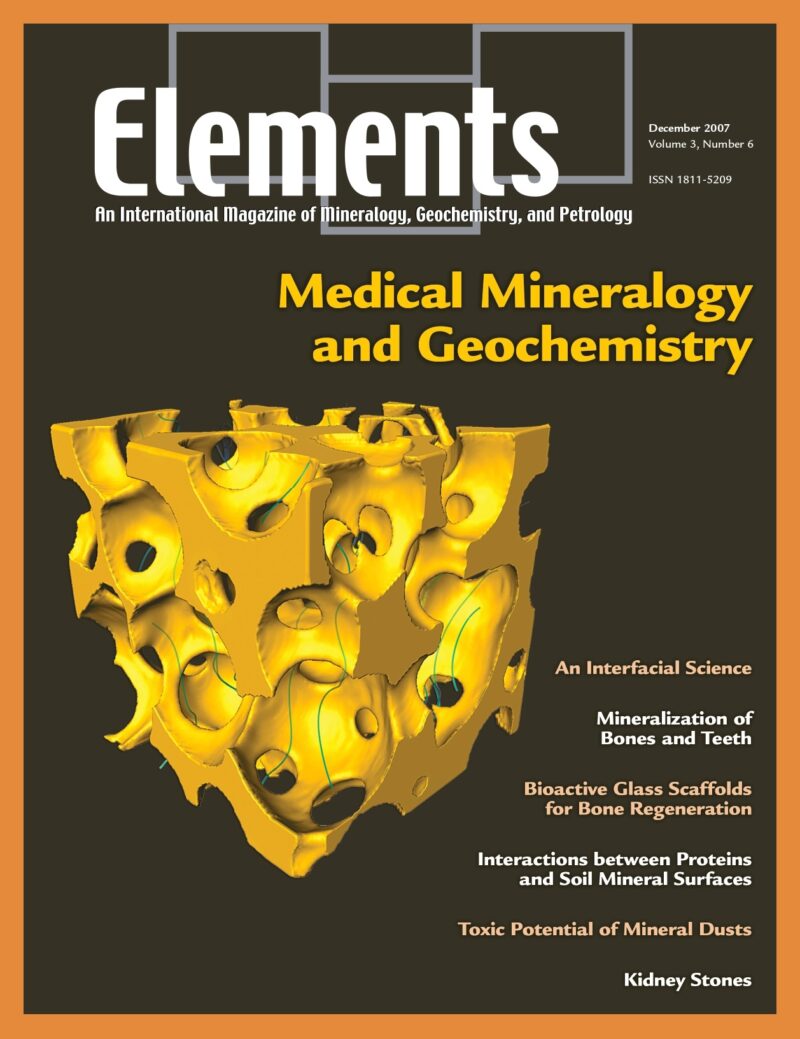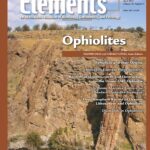
Ophiolites, April 2014, Vol. 10, No. 2
June 28, 2024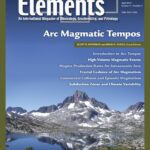
Arc Magmatic Tempos, April 2015, Vol. 11, No. 2
June 28, 2024Kaolin, June 2014, Vol. 10, No. 3
$20.00
Although bearing the simple name “kaolin,” this natural material has a variety of geologic origins and many industrial applications significant to society. Known as china clay, kaolin has a long history dating back to Kauling, China, and its first exploitation in the field of ceramics.
Kaolin
June 2014, Vol. 10, No. 3
Although bearing the simple name “kaolin,” this natural material has a variety of geologic origins and many industrial applications significant to society. Known as china clay, kaolin has a long history dating back to Kauling, China, and its first exploitation in the field of ceramics. Kaolin is one of nature’s most abundant nanomaterials. Its fine, clay-sized particles, unique shapes, and layered structures make it central to Earth’s near-surface critical zone. Concerns for energy efficiency and environmental awareness in the industry have led to advances in mining and reclamation practices. The crystallographic and elemental varieties of kaolin require them to be carefully characterized as they lend themselves for use in plastics, papers, pigments, and ceramics. Kaolin minerals are being probed with computational chemistry and new spectroscopic tools to expand their applications and to understand their significance in biology. We are now exploring how kaolin can be nanocomposited to create materials with novel properties.
Why You’ll Love Elements Magazine:
- Expert Contributors: Articles written by renowned researchers in the field of geoscience.
- Engaging Content: Join a community of readers who are passionate about Elements.
- Exceptional Quality: Each issue is printed on high-quality paper with stunning visuals and detailed illustrations that bring complex scientific concepts to life.
Order your copy of the June 2014 issue of Elements magazine today and explore the properties of kaolin.
Related products
-
The Nuclear Fuel Cycle – Environmental Aspects, December 2006, Vol. 2, No. 6
$20.00Increasing concerns for the effects of global warming that result from rising greenhouse gas concentrations in the atmosphere have led to a reexamination, even enthusiasm, for nuclear power. Of all the current alternatives to fossil fuels, nuclear fission is the most important source of energy, accounting for 17 percent of the world’s electricity.
-
Frontiers In Textural And Microgeochemical Analysis, August 2007, Vol. 3, No. 4
$20.00Recent advances have been made in high-resolution in situ methods to image mineral growth patterns, analyse compositional and isotopic zonation, and improve our ability to visualize, study, and model rock textures in three dimensions. These advances provide a significant step forward in the understanding of how rocks form and the history they can tell us.
-
Medical Mineralogy And Geochemistry, December 2007, Vol. 3, No. 6
$20.00Medical mineralogy and geochemistry is an emergent, highly interdisciplinary field concerned with both normal and pathological interactions between minerals or amorphous inorganic solids and biomolecules or cells within the human body, and the transport and fate of prions and protein toxins in the soil environment. Prior research has, appropriately, focused on the complex genetic and molecular biological aspects, but there is a growing recognition of the vital need for understanding the surface and bulk properties and reactivities, especially at the challenging nanoscale characteristic of biomacromolecules and biominerals.

